First person account of ace wildlife photographer and NatGeo Photojournalist Steve Winter
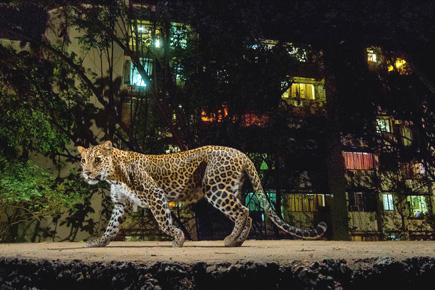
When I was young, growing up in rural Indiana, I dreamed of traveling the world as a photographer for National Geographic Magazine. My first camera was a gift from my father on my seventh birthday, which launched me on this path. In 1991, I started working for National Geographic and I’m still grateful every day to have realized my dream.
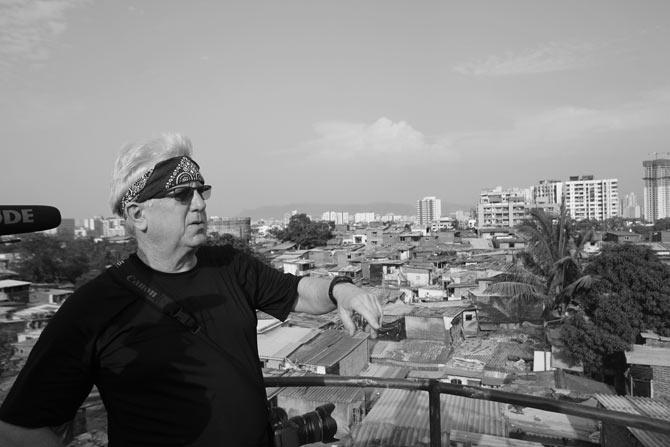
Pics credit- Steve Winter/National Geographic
ADVERTISEMENT
But I began my career as a photojournalist covering a series of uprisings in Haiti. But some year later, I was sent to Costa Rica to photograph “bioprospecting”—researchers who were hunting for potential medicines in nature, especially in the rainforest. I was amazed by the passion and dedication of the scientists I was working with.
I joined them on an expedition to a remote seacoast region where marine turtles came onshore to nest in the sand—where I made my first picture of an animal: a turtle walking down the beach, back to its watery home at dawn.

I was lucky that the first animal I had to photograph was a very slow-moving one! The experience was life changing. Up until that point, I’d been shooting news stories for Businessweek, Newsweek, and other publications, but after that trip I started looking for wildlife assignments.

My whole focus had shifted. I’d always wanted to do something that makes a difference, and I realized that animals had no voice. My wife, who is a journalist, began to work on more science and natural history stories, and soon we found ourselves living for a few weeks at a research station in Braulio Carillo National Park, deep in the Costa Rican rainforest, with our young son.

I’ve spent a lot of time over the last two decades photographing big cats. It began when I was on assignment for Nat Geo in 1995, shooting a story on the resplendent quetzal high in the mountains in the Guatemalan cloud forest.
One night while lying in my bunk in the one room shack I was staying in and I heard the stairs creaking, then scratching and loud sniffing under the door! I called the naturalist I was working with on the walkie talkie—and he told me not to worry—it was “just” a black jaguar! I always say that I did not choose big cats: Big cats choose me!
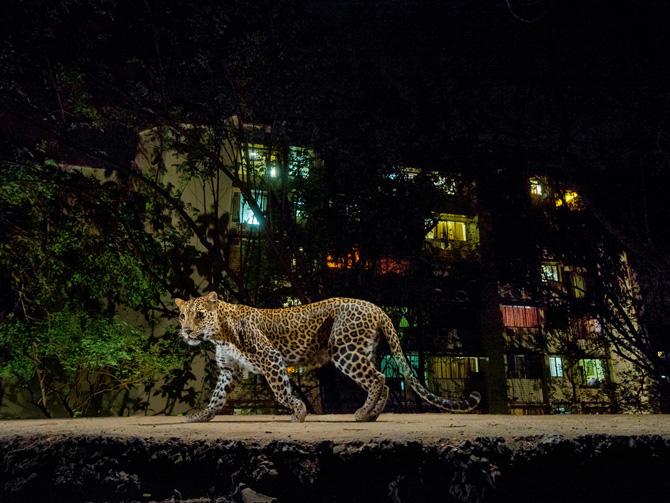
My next assignment was the magazine’s first-ever jaguar story and from there, I produced stories on tigers, snow leopards and cougars. The only way to get pictures of some of these cats—or capture pictures of daily behaviors—is by using “remote cameras” that are triggered when something walks through and breaks the system’s infrared beam.
Some animals avoid the setup; most don’t react to the flash. Many of these areas have frequent thunderstorms, and lightening is similar to the camera’s flash. Lighting is essential, and here in SGNP I use flashes to make pictures of leopards at night.
Working in SGNP was great and the staff was very helpful. I look forward to showing the world my SGNP leopard pictures. They are in great need of protection: Leopards are being killed at an alarming rate in some parts of the world.
My image of the Hollywood Cougar brought the huge urban area of Los Angeles closer to the mountain lions living in their midst - when they did not even know they were there. Now a 30 Million US dollar wildlife overpass has been approved by the State of California to give the animals a opportunity to cross over the 10 lanes of traffic safely. That is the power of Photography in the National Geographic Magazine!
When I heard that their were leopards in SGNP I was very excited to try to get an image of the cats in front of an apartment block to show how normal this was even if the people live in the blocks had no idea what was going on at night! We can live in harmony with the leopards - because all the folks in Mumbai have been living this way already! It is vitally important that SGNP ecosystem keep their predator population to maintain a healthy ecosystem.
The most important thing concerning these images is to show Mumbai that they live with the most unique urban park in the world. The leopards are doing fine - do not disturb them - nature is perfection. If we keep thinking of making our human footprint in SGNP as small as possible both nature and humans can live in harmony.
I want these images to make you go WOW!!! this is amazing - and know with immense pride this is your city! Protect it for future generations. I also wanted the NG Wild TV Show to represent the reality of these cats - before video was done in infrared which people do not understand - need to show this as it is in white light - so they can actually believe this is real.
I cannot photoshop anything as it is against the rules - and in video - what you see is what you get! This took a long time to obtain the still images and the video - over one year. But it is absolutely amazing isn’t it! This is your Mumbai!!! You need to stop encroaching on the park and leave this gem of the earth to live as it always had.
Would it have been better had I not gotten these images? Only time will tell - I hope in true Indian fashion you will celebrate your close connection to nature and the spiritual connection this gives you to nature. Celebrate your status as the most unique park in the world! PROTECT SGNP!
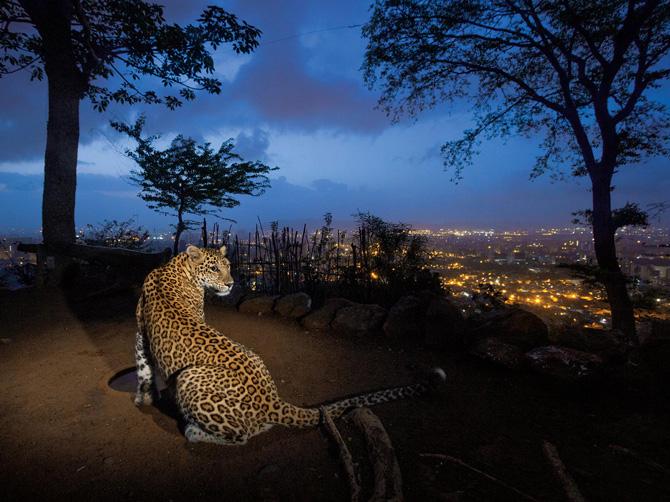
Many of the projects I’ve worked on take from one to two years to complete, working in different countries during the times of year I can actually shoot and find the animals. What’s important is not just making beautiful images of these animals; If we truly want to conserve wild animals and big cats, we have to tell their story.
Why are they disappearing? What are the threats that they face? Who is effectively working to save them? This is the way I shoot stories for National Geographic—and the images I included in my book, Tigers Forever: Saving the World’s Most Endangered Big Cat.
By showing their beauty, capturing their behaviors, and showing the challenges that face them, the people who kill them and smuggle their parts to China, and the people that are trying to save them, we can hopefully mobilize people to protect wild cats before they’re gone from the wild forever.
So many animals are hanging on the brink, and photographers can play an important role in trying to save them. We need more photojournalists to tell their stories, to speak for animals that have no voice. I would love to do wildlife photo workshops in India, and even help teach villagers photography that could help in saving forests and wildlife.
Last year, I worked with Sanctuary to teach camera-trapping workshops to park guards in Tadoba and Pench Tiger reserves to help them better count and track tigers. With our photographs, we can help people understand that we can’t destroy our natural world and survive.
It’s important for people to know that if we preserve the remaining big tracts of forest, wetlands and jungle that tigers, elephants and other animals need to survive, we’re not only giving them space to hunt, find a mate, and enough land to survive catastrophic events like floods or drought—but the positive impacts of conservation at that scale radiate outward with global implications.
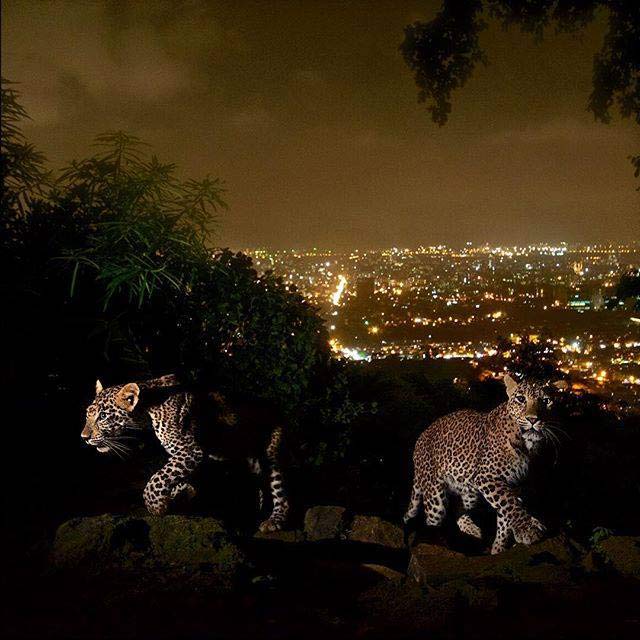
Pics credit- Steve Winter/National Geographic
Those forests pull carbon from the atmosphere and slow climate change that is devastating our planet. Forests and mangroves provide a buffer from flooding, protecting towns and cities. Intact jungles, forests, and other wild lands prevent erosion of the rich soil that we need to grow crops.
Forests purify the rivers and streams that run through them, the watersheds that provide drinking water for millions of people. 50% of our oxygen comes from forests - the other 50% from oceans - 75% of fresh water comes from forests!! So if we save big cats we can save ourselves!
The home of the tiger - needs to lead the world in saving their forests - as we cannot live without breathing or drinking water - can we - NO!!! Lead the way INDIA!!!! By protecting tigers—and so many other wide-ranging creatures—we also save the entire spectrum of life that shares their realm, preserving ecosystems that have been fine-tuned over millennia
 Subscribe today by clicking the link and stay updated with the latest news!" Click here!
Subscribe today by clicking the link and stay updated with the latest news!" Click here!







